International Slave Route Monument
Tags : Monument
Time Required : 1-2 hours
Entry Fee : No entry fee
Ways to Experience this attraction
International Slave Route Monument, Mauritius Overview
Slavery is deeply embedded in the history of Mauritius, as it was once a part of the far-reaching and complex network of the international slave trade. The dark tale of hundreds of slaves throwing themselves off the mountain cliff to escape the horrors of dehumanisation gives us gist about the prevailing monstrosity of slavery on the island. The International Slave Route Monument at the foot of Le Morne Brabant commemorates this former practice of slavery in Mauritius.
The International Slave Route Monument was inaugurated on 1st February 2009 to mark the 174th anniversary of the Abolition of Slavery in Mauritius. This monument is a reminder of the importance of freedom in people's lives and the objective behind its construction was to promote peace through cultural dialogue.

Read More on International Slave Route Monument
History and Things to Do
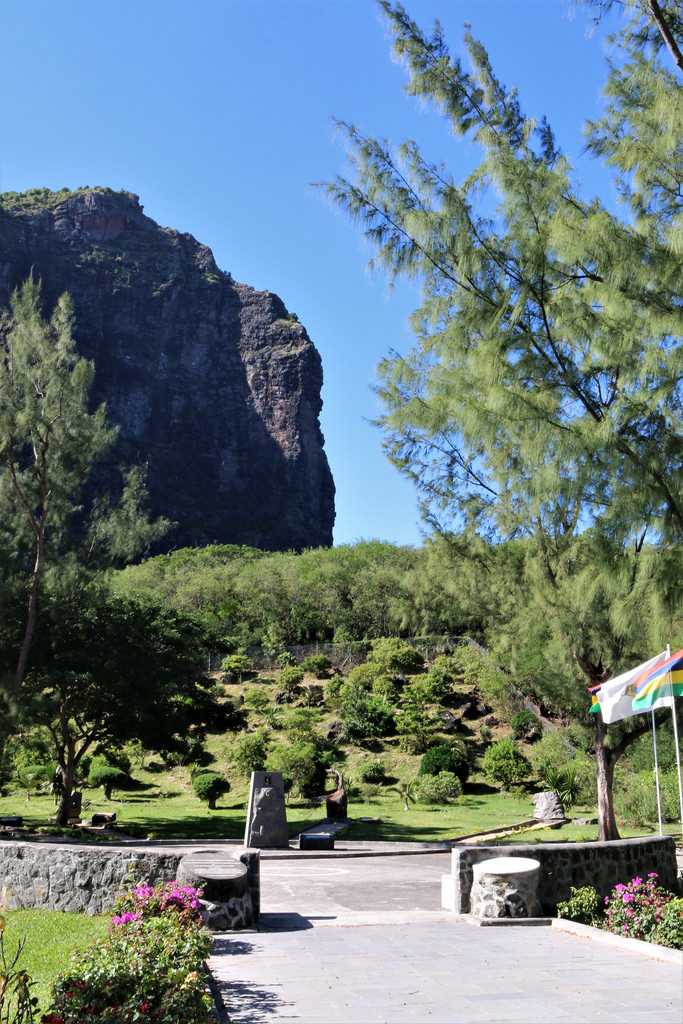
Another horrendous event that took place in Mauritius dates back to 1834. The British had passed the Slavery Abolition Act, and thus, a group of police and soldiers were sent to the Le Morne Area to inform the runaway slaves about their newfound right of freedom. However, sadly, on seeing the approaching authorities, the slaves misunderstood that they were about to be recaptured and returned to their masters. Out of fear, they climbed to the peak of the mountain and jumped off the cliff into the ocean, committing mass suicide.
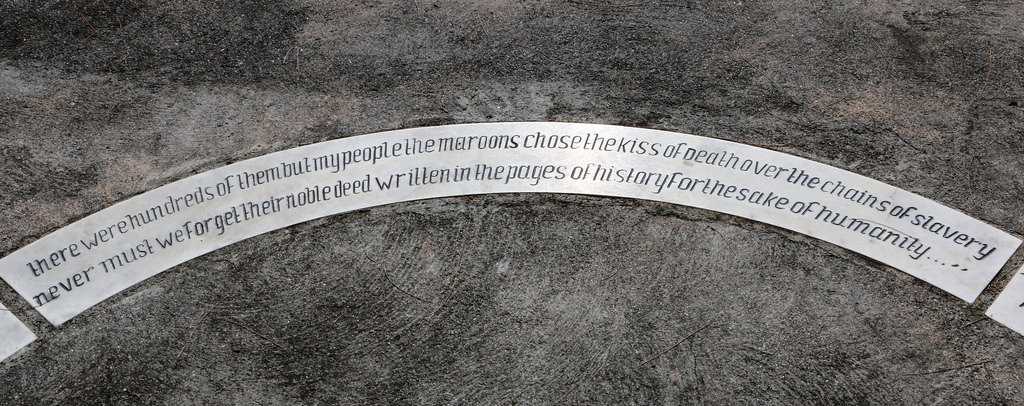
August 23rd is UNESCO’s International Day for the Remembrance of the Slave Trade, to commemorate the history of slaves in Mauritius. This day is observed annually in the hopes of creating greater awareness about this rather dark part of Mauritius’ past.
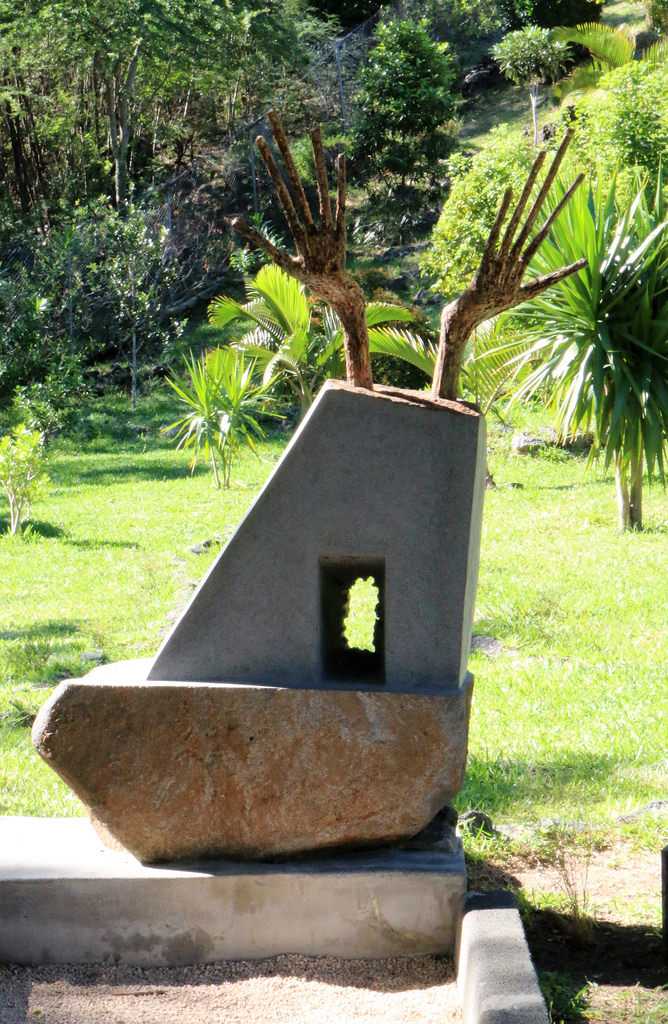
The International Slave Route Monument is located in a garden flushed with native vegetation right at the foot of the Le Morne Brabant Mountain. The sloppy western cliff of the mountain and the refurbished natural environment form the backdrop setting for the monument. It is strategically constructed in this particular area to show its direct connection with the western face of the cliff, the beach and the sea along with the legendary and historical place known as the ‘Valley of Bones’.
The monument comprises of a central sculpture within a big circle that leads to the other sculptures and rocks with engravings. The surrounding arts depict the different countries from where the slaves were brought into Mauritius or vice versa, to those where they were sent via Mauritius. The existing sculptures are representations of countries – Madagascar, Mozambique, India, Malaysia, China, Reunion Island and Haiti. Two sculptures representing France and Senegal are yet to be added.
You also get a clear view of the numerous caves on the face of the cliff. According to rumours, the runaway slaves used these caves as a hideout. The locality is present near the heritage trails, and it connects the other natural and heritage sites of significance through the circular contour path around the mountain. The path leads to the two escape points to Madagascar and the sea – Passe des Marrons and Passe de la Prairie.
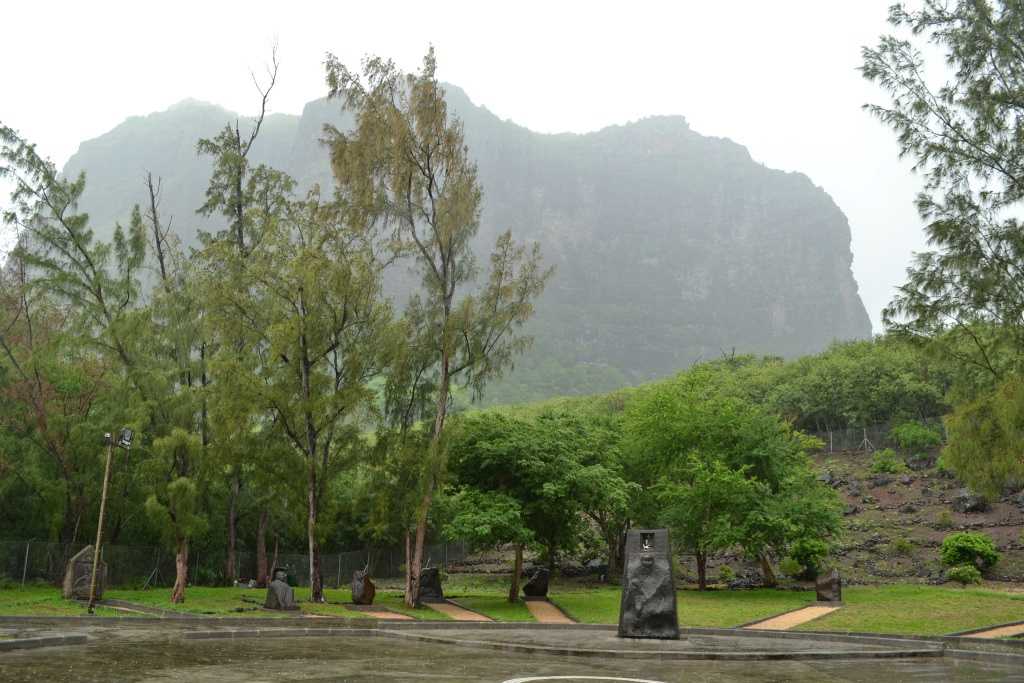
If you are on your way to the Le Morne beaches, a quick stop at the International Slave Route Monument will not take more than ten to fifteen minutes. Even though there is no archaeological evidence of this tragedy, just knowing about the legendary stories related to this monument can be thought-provoking during that brief visit. International Slave Route Monument reminds you of the importance of freedom in our lives!
The Slave Route Project
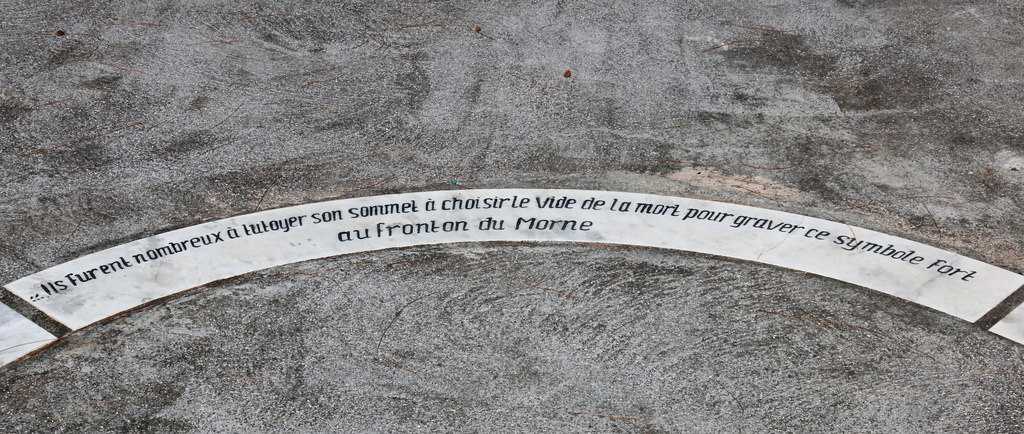
The initiative is designed to include these places in the national and regional tourism itineraries under monuments of national and historical importance. The Slave Route Project was formally launched in Mauritius in 2005 along with the establishment of a Slave Route National Committee under the Ministry of Arts and Culture of Mauritius.